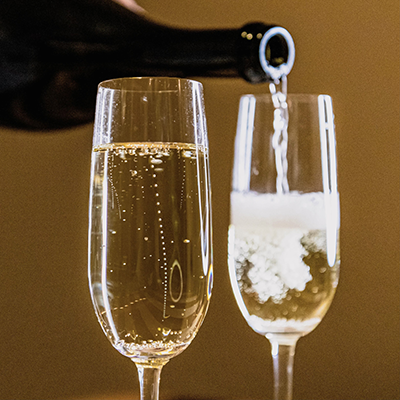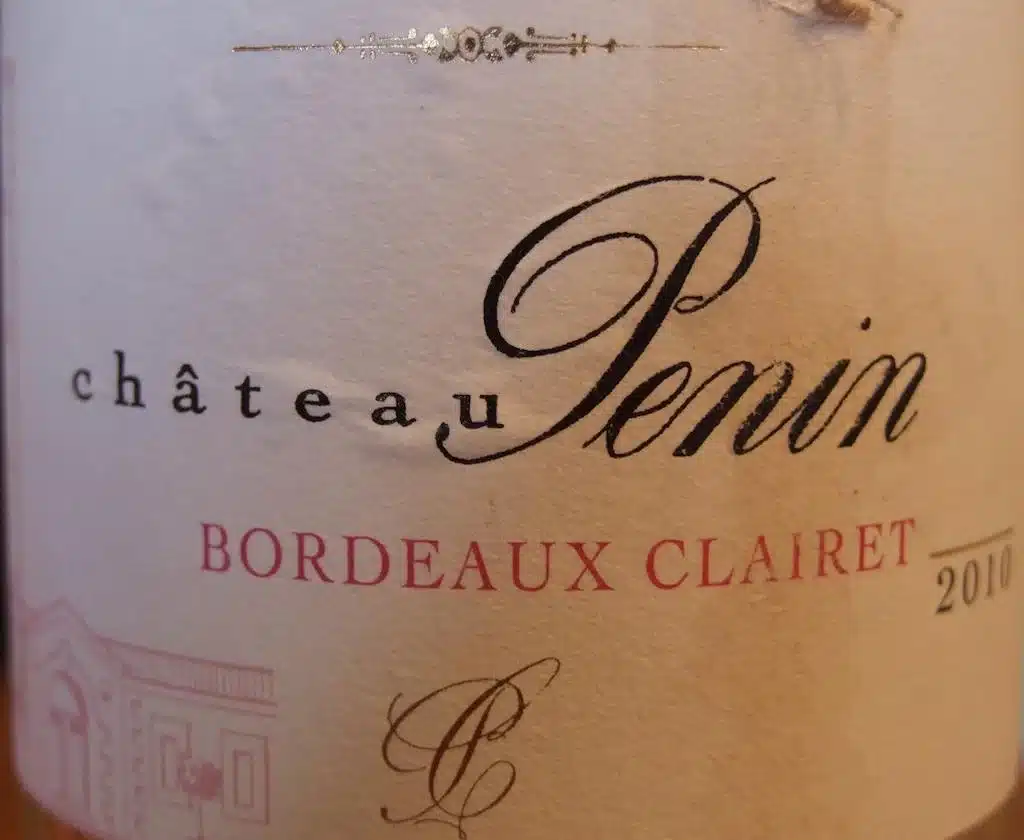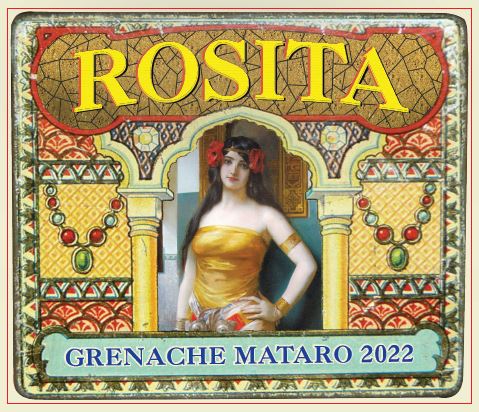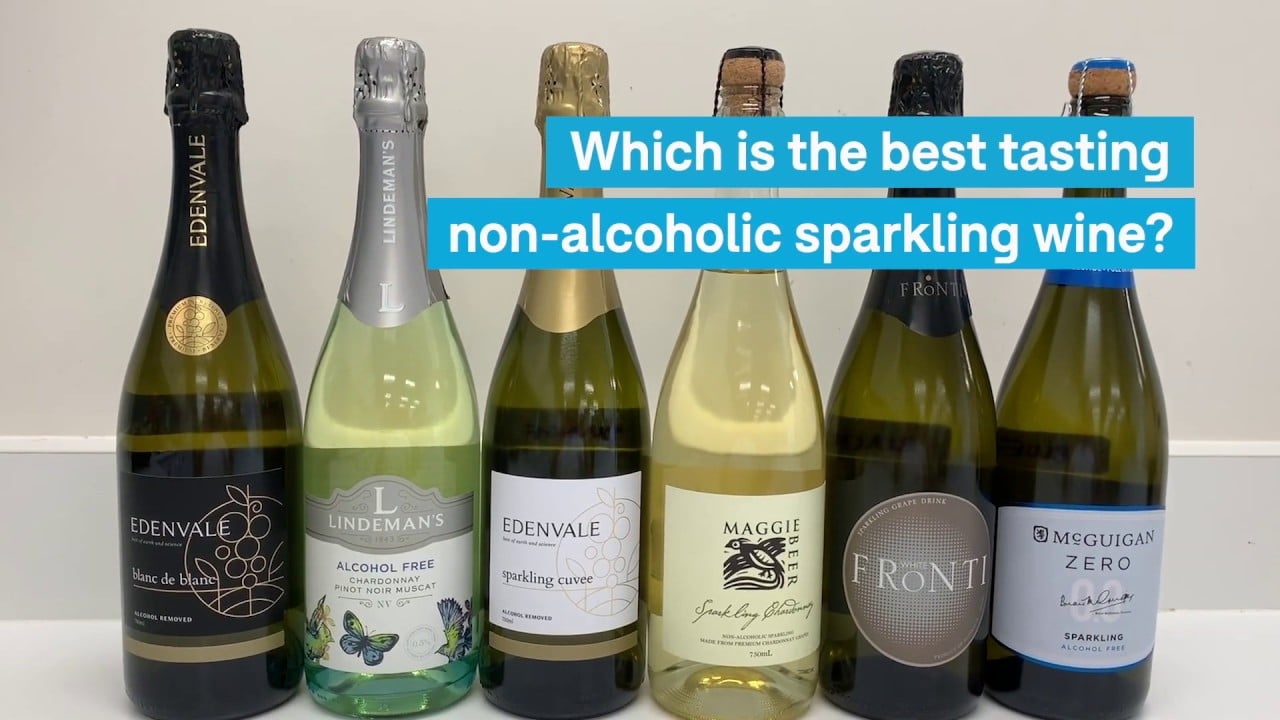Ever wondered why champagne bubbles rise in straight lines while those for cola are wonky? Then wonder no more.
Roberto Zenit of Brown University, Rhode Island and his team of researchers made a scientific breakthrough and published their findings in a scientific journal no less. In Physical Review Fluids they reveal that it’s the presence of surfactants that controls the stability of bubble chains in fizzy drinks. A Champage in a flute has these surfactants – short for surface active agents – but soda in a glass does not.
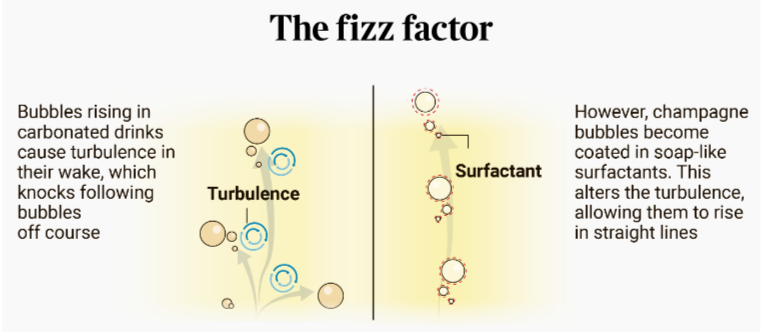
Katherine Wright, the Deputy Editor of Physics Magazine,says that for their study, Zenit and colleagues performed experiments on carbonated water, beer, sparkling wine, champagne, and other fluids. They measured various physical and chemical properties of the liquids and their bubbles, including liquid density, bubble radii, bubble paths, and fatty-acid composition. They also performed numerical simulations of bubble chains moving through different fluids.
The experiments and simulations indicate that for small bubbles or for surfactant-free liquids, the wake structure of the rising bubbles is such that the vortices shed by the bubbles form a zigzag pattern, inducing lateral forces that destabilize the chain. For large bubbles or for surfactant-laden liquids, the shed vortices instead form a pattern that sucks the trailing bubble into the path of the first one, stabilizing the chain. Champagne has small bubbles but a high concentration of flavor-giving molecules (surfactants), so the chains are straight, Zenit says.

